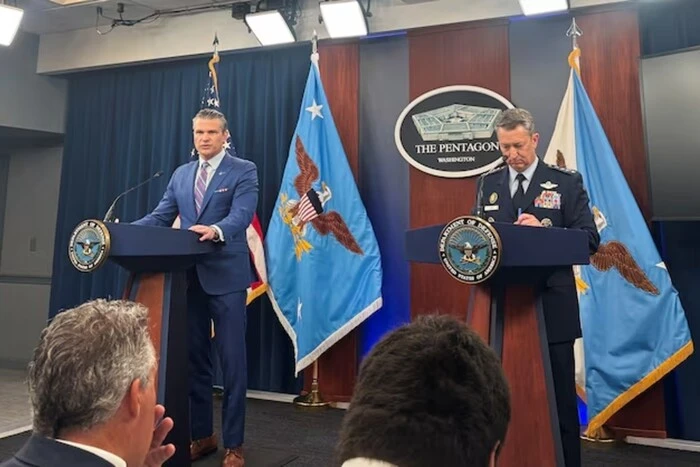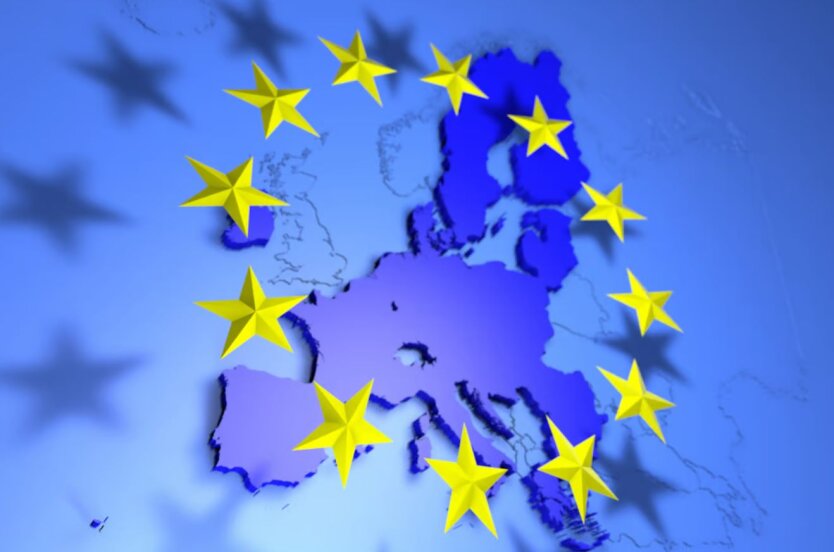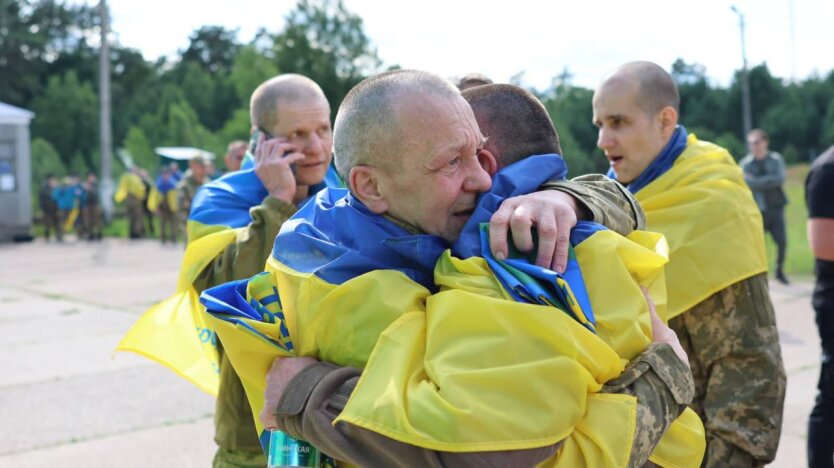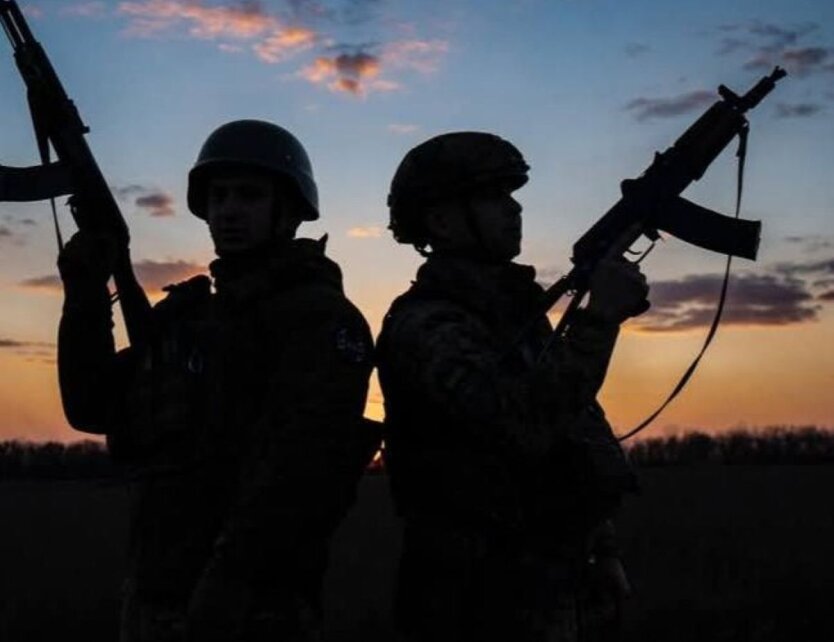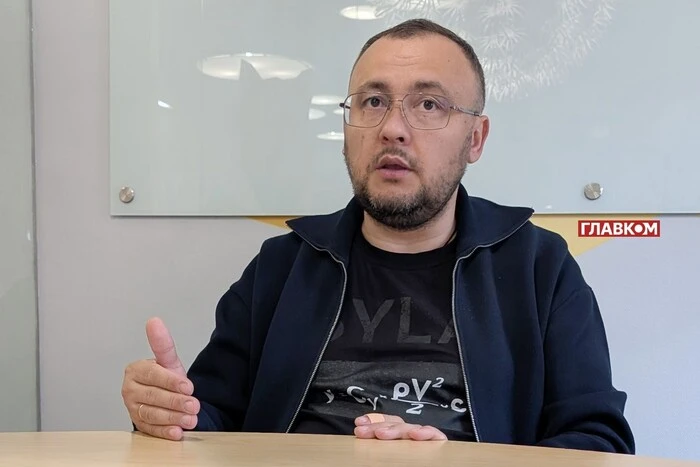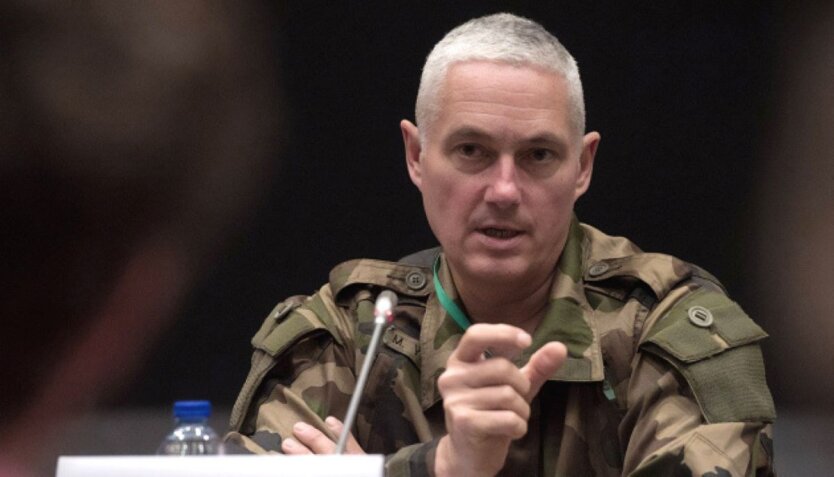WP analyzed whether F-16s could dramatically change the situation on the front.


Ukraine will soon receive the long-awaited F-16 fighters, but their impact on the course of hostilities with Russia is likely to be limited, Ukrainian and Western officials say.
According to The Washington Post, Ukraine will receive up to 20 F-16 aircraft this year. Initially, they are likely to be used to strengthen Ukraine's air defense systems rather than for strikes on ground targets. The aircraft are likely not to be used in the front area due to the threat of Russian air defense systems.
Pilot training is a serious issue. Only 6 pilots will complete training this summer. The training process takes about a year even for experienced pilots.
The publication also notes that protecting F-16 aircraft on the ground will be a challenging task, as all Ukrainian airfields are under threat from Russian missiles. Ukraine uses camouflage methods and places aircraft models on airfields as decoys.
Russia is preparing for the appearance of F-16 aircraft in Ukraine. They recently tested S-400 missiles with a range of over 320 km, likely to counteract the F-16.
Analysts emphasize that the situation on the battlefield has changed since the decision to supply F-16s was made, and the effectiveness of these aircraft in the current conditions is in doubt. Nevertheless, the F-16s could enhance Ukraine's air defense capabilities and potentially impact Russian aviation tactics.
Read also
- The Pentagon responded to whether the States have information about Iran's hidden uranium stockpile
- EU Summit: What was decided regarding sanctions against the Russian Federation, negotiations with Ukraine on accession, and financial support
- Another stage of prisoner exchange: Ukrainians who had been in Russia for over three years have returned home
- Rear regions created a strategic reserve for the groupings 'Khortytsia' and 'Tavriya' - OP
- Who stopped the exhumation? Ambassador reported the details of the information diversion arranged by Russians in Poland
- NATO General Explains How the 'Korean Model' Could Work in Ukraine

